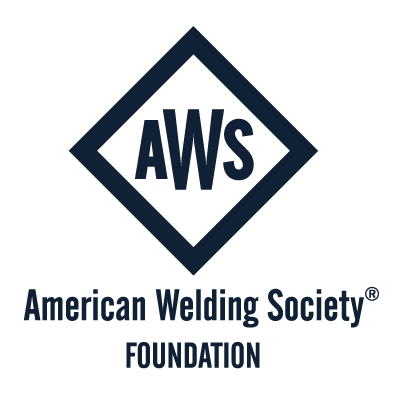Welding has always been a trade rooted in pride, precision, and hands-on know-how. But like any critical industry, the welding workforce is evolving—blending traditional expertise with new technologies, shifting demographics, and changing job roles.
Whether you’ve spent decades under the hood or you’re just starting to explore welding career paths, one thing’s clear: the landscape is changing, and opportunity is taking new forms. From leadership transitions to new training methods to robotics integration, the industry is expanding—and there’s room for every generation to contribute.
Let’s take a look at how the welding workforce is shifting—and how to chart your course forward.

1. Leadership Is Changing Hands
Many millennial welders who entered the trade in the early 2000s are now stepping into supervisory roles. They’ve learned from seasoned pros, worked their way up, and are now managing companies and projects—often with a strong focus on safety, collaboration, and training.
But as leadership changes hands, something else is happening: a lot of institutional knowledge is getting lost. With no consistent or effective system for passing down hard-won experience, critical know-how often slips through the cracks. That’s why mentoring, apprenticeships, and formal leadership training matter more than ever. If you’re moving into a supervisory role, credentials like the Certified Welding Supervisor (CWS) or Certified Welding Inspector (CWI) can help you step into that responsibility with more than just experience—you’ll have the structure and support to guide others, too.
2. Training Is More Than Just Tech
Simulators and virtual reality booths may grab attention, but they’re only part of the picture. For those looking to build experience while earning a paycheck, apprenticeships can offer structured, on-the-job learning—especially when geared toward inspection or automation.
While many welders earn their Certified Welder (CW) credentials through short-term training programs and hands-on practice, apprenticeships may still be used in some companies to support that process or help newer welders get acclimated to a production environment.
Where apprenticeships show real promise is in areas like inspection and automation. A CWI-focused apprenticeship can offer mentoring, code exposure, and hands-on learning—while allowing companies to invest in upskilling their workforce. Meanwhile, a newly approved Automation Apprenticeship, recognized by the U.S. Department of Labor, is just beginning to open pathways for those interested in robotics, programming, and systems integration.
For professionals looking to specialize further, the Certified Robotic Arc Welding (CRAW) program includes two distinct credentials:
- CRAW–Operator (CRAW–O) – for those who set up and monitor robotic welding systems.
- CRAW–Technician (CRAW–T) – for those focused on programming, optimization, and troubleshooting.
As these roles evolve, training opportunities are following suit—making it easier to step into some of the more technical corners of the trade.
3. Inspection Is Touching More Than Just Welds
The role of the Certified Welding Inspector (CWI) is expanding—and fast. While CWIs have always been vital to shop-floor quality control, the credential is now showing up in places like aerospace, semiconductors, renewables, and pharmaceuticals, where precision welding plays a critical role in system integrity.
Modern CWIs aren’t just inspecting welds. They’re writing procedures, navigating complex code requirements, supporting audits, and working alongside automation teams to ensure welds meet exact specifications. This evolution is opening up new opportunities for those who want to bridge hands-on knowledge with technical oversight.
If you’re thinking about long-term growth in welding, a CWI credential can position you for a wider range of roles across more specialized—and often higher-paying—sectors.
What’s the Takeaway?
The welding workforce is changing—but change doesn’t have to be disruptive. With the right training, certifications, and support, it’s a chance to sharpen your focus, explore new roles, or grow into leadership. Whether you’re on the shop floor, managing a team, or mentoring the next generation, you’re part of a trade that’s always in motion.

